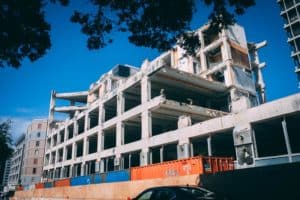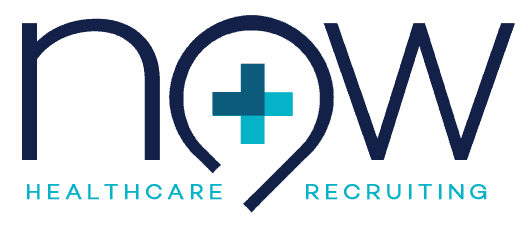
After a major earthquake, hospitals will be overwhelmed, understaffed and without access to supplies
Will we be prepared for the historic earthquake that scientists know is coming?
First we’ll hear a roar like a freight train. We’ll feel and hear the shaking, as cups and plates rattle. The ground moves under our feet, buildings sway. In parking garages, chunks of concrete fall and dozens of car alarms start wailing. Panicked, people run for the door or duck for cover. Roaring intensifies. Will the shaking never end?
Cabinets give way. Pictures bounce off the walls. Some buildings collapse, filling streets with debris. Freeways and bridges collapse. Dust and smoke fill the air. Power goes out and darkness descends inside. Fires go unchecked as water systems fail. It’s raining, 36 degrees at mid-afternoon, headed down to freezing overnight. Phones don’t work.
Are we ready? No.
Even on a good day — even without a disaster — our hospitals are often full or overcapacity: We don’t have enough beds or nursing staff to cover normal needs, let alone an earthquake’s aftermath. Our “normal” operations leave hospitalized patients in our ERs, a practice called boarding, which is associated with an increased risk of death, as they await beds to open up.
Now picture devastation after a major West Coast earthquake. Hospitals — if structurally safe — will be overwhelmed, understaffed and without access to supplies. Hospital staff will become victims just like everyone else, trapped at home or taking care of injured family … or worse.
For four days in June 2016, more than 20,000 emergency managers in Idaho, Oregon and Washington participated in the Cascadia Rising 2016 exercise. This drill tested response and recovery capabilities in the wake of the predicted 9.0 magnitude “Cascadia Subduction Zone” earthquake and associated tsunami. Involved were local, state, tribal and federal partners, along with military commands, private sector and non-governmental organizations. Lessons learned continue to inform strategies to survive and recover.
With Seattle and Tacoma facing casualties projected in the tens of thousands, resources will be limited. The governor and other decision-makers will be faced with hard choices – life and death choices. One likely choice is that limited resources will go to the greatest need: high population metropolitan areas. Suburban and rural communities may largely be left to fend for themselves.
Of particular concern are island communities. In a regional catastrophe, island communities will be cut off, on their own. Vashon Island is a case in point. Vashon has a population of 10,000, but doesn’t even have an urgent care — let alone a fully stocked emergency department.
In the aftermath of the bombing of the Twin Towers in New York City, the nation encouraged health care professionals to volunteer through their local Medical Reserve Corps (MRCs). In a disaster we’ll need help from physicians, nurse practitioners, physician assistants, nurses, pharmacists, psychiatrists, counselors, social workers, dentists, veterinarians and others, including funeral home staff.
On April 6, the Vashon MRC will host a conference directed at health care providers who live in rural communities. In part, this conference is intended to engage our region’s island health care providers in a larger discussion of what is working and what isn’t in preparing for a regional disaster. If you are a health care provider living on an island or rural community in western Washington, then we encourage you to attend.
Technology has given us a rapidly expanding body of knowledge to help us prepare for disasters. This includes predictive modeling and lessons learned from recent hurricanes such as Katrina, last year’s forest fires in California that left thousands homeless and Cascadia Rising 2016. Look around. Imagine the aftermath.
Are you ready?
— Stephen Morris, MD, MPH, is assistant professor of Emergency Medicine and Public Health at the University of Washington’s Schools of Medicine and Public Health. John Osborn, MD, coordinates the Vashon Medical Reserve Corps and has provided care to veterans since 1985.
Meeting
Islands of the Salish Sea: Preparing for Disaster, will meet from 9 a.m. to 4 p.m. Saturday, April 6, at the Vashon Land Trust Building. A $20 donation is suggested. For more information, contact mrc@vashonbeprepared.org.
By Stephen Morris, MD, MPH, Health Care Professionals Needed for Disaster Readiness on vashonbeachcomber.com
